The Spicy Secret Behind Asian Five Spice Powder: 7 Must-Know Tips for Mastering This Flavor Bomb!
Ever wondered how a simple dish can taste like a symphony of flavors — sweet, sour, bitter, salty, and umami all at once? Look no further than the legendary Asian Five Spice Powder. But don’t be fooled by its name — this isn’t just about heat. It’s a delicate dance of aromatics, warmth, and complexity that’s been seasoning meals across Asia for centuries.
In this blog, we’re diving deep into the world of five spice powder, from its origins to pro tips on how to use it like a culinary ninja. Whether you're a seasoned chef or a curious home cook, this post is your golden ticket to flavor town.
Table of Contents
- What Exactly Is Asian Five Spice Powder?
- A Brief History: Where Did Five Spice Come From?
- Breaking Down the Flavor Profile
- How to Use Asian Five Spice Like a Pro
- DIY: How to Make Your Own Five Spice Blend at Home
- Top 5 Foods That Go Best with Five Spice
- Storage Secrets: Keep It Fresh, Keep It Fabulous
- Five Spice Myths Busted
- Final Thoughts: Spice Up Your Life (Literally)
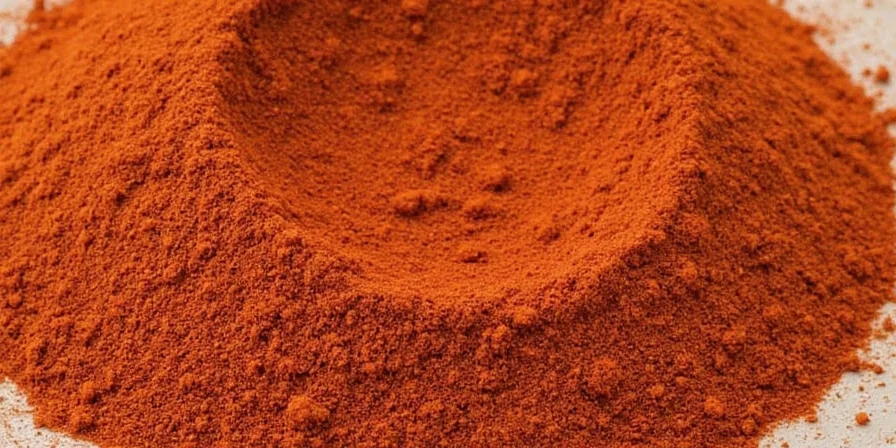
What Exactly Is Asian Five Spice Powder?
If you’ve ever walked through an Asian grocery store and picked up a tiny jar labeled “Five Spice,” you might have paused and thought, “Five what?” Well, here’s the scoop:
Traditional Chinese five spice powder is a blend of five aromatic spices, typically including:
- Anise (star anise)
- Cinnamon
- Cloves
- Fennel seeds
- Szechuan peppercorns
This combination creates a balance between sweet, savory, hot, numbing, and fragrant flavors. Think of it as the yin and yang of spice blends — nothing overpowers; everything harmonizes.
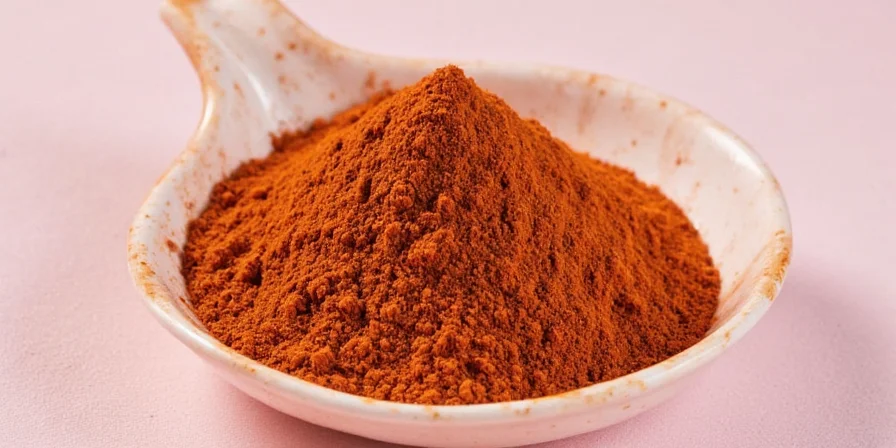
A Brief History: Where Did Five Spice Come From?
While no one knows exactly when or where the first five spice blend was created, historians believe it dates back hundreds of years to southern China, particularly the Sichuan and Guangdong provinces.
It wasn't just about taste — these spices were chosen for their medicinal properties as well. For example, star anise was used to aid digestion, while clove was believed to relieve toothaches.
Today, five spice powder is found throughout Asia and even beyond, with variations tailored to local tastes — more on that later!
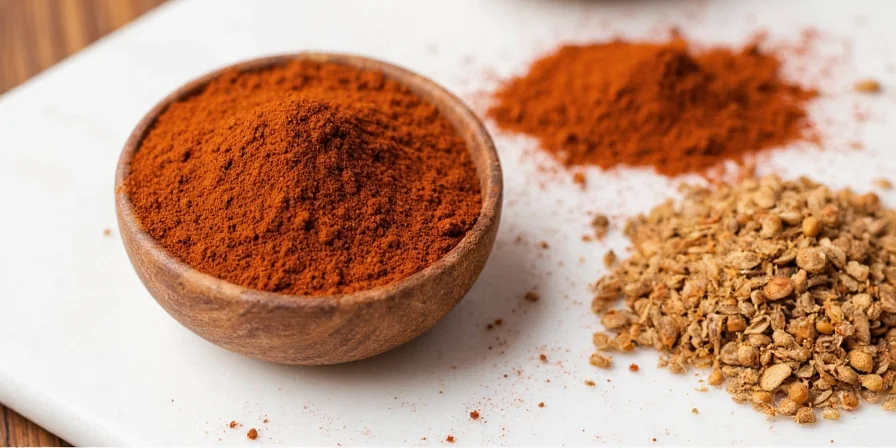
Breaking Down the Flavor Profile
To truly appreciate five spice powder, let’s break down each component:
| Spice | Taste Profile | Common Use |
|---|---|---|
| Star Anise | Sweet, licorice-like | Roasted meats, braised dishes |
| Cinnamon | Warm, woody | Braises, stews, desserts |
| Cloves | Intense, earthy | Pickling, meat marinades |
| Fennel Seeds | Mildly sweet, herbal | Vegetable stir-fries, breads |
| Szechuan Peppercorns | Numbing, citrusy heat | Dumplings, spicy sauces |
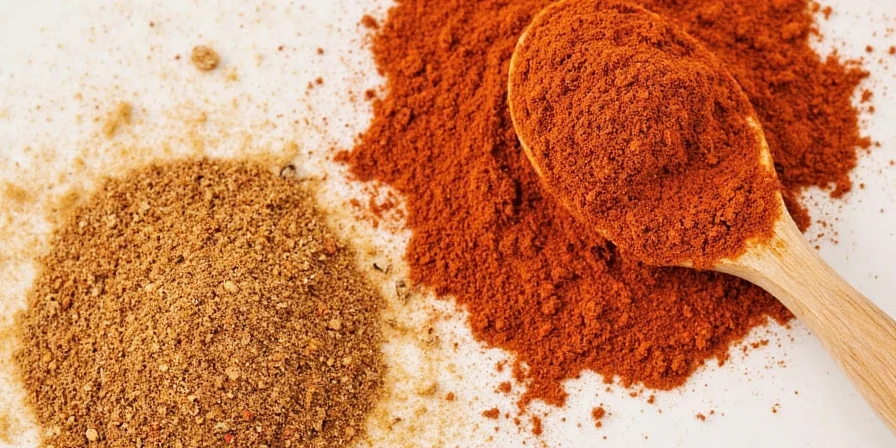
How to Use Asian Five Spice Like a Pro
Here are some clever ways to make the most of this magical mix:
- Marinate meats: Rub it onto pork, duck, or chicken before roasting or braising.
- Add to soups and broths: A pinch goes a long way in rich noodle soups or pho-style broths.
- Season tofu or veggies: Especially great in stir-fries or roasted dishes.
- Make spiced oils or pastes: Toast the spices first for deeper flavor, then grind into oil or paste form.
- Experiment with dessert: Yes! Try a dash in chocolate brownies or apple pie spice blends.
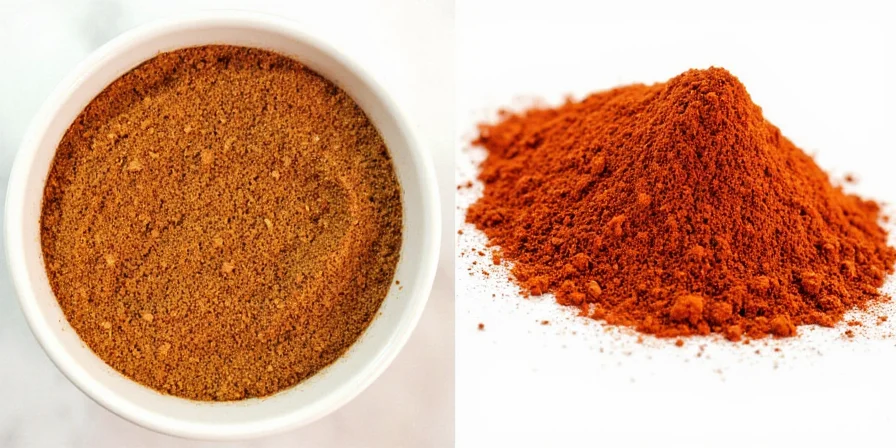
DIY: How to Make Your Own Five Spice Blend at Home
Want total control over your spice game? Here's a quick and easy recipe to try:
- 2 tablespoons star anise (whole pods)
- 1 tablespoon cinnamon sticks
- 1 tablespoon whole cloves
- 1 tablespoon fennel seeds
- 1 tablespoon Szechuan peppercorns
Toast them lightly in a dry pan until fragrant, then cool and grind into a fine powder using a spice grinder or mortar and pestle.
Pro Tip: Adjust the ratios based on your preference — more star anise for sweetness, more peppercorns for heat.
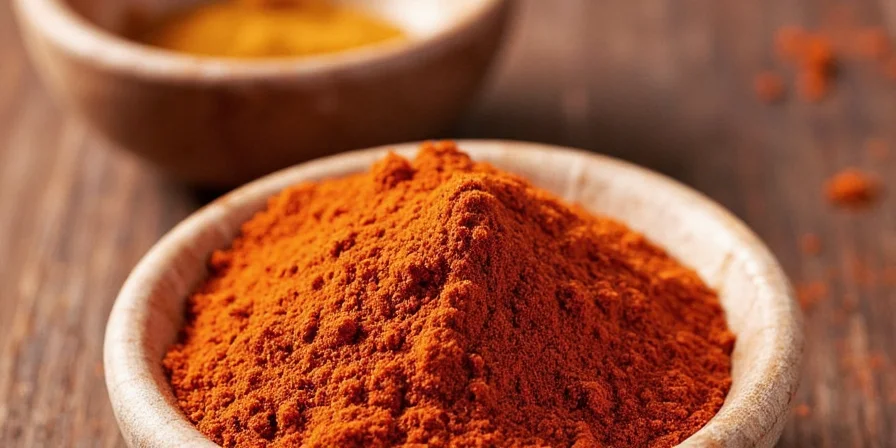
Top 5 Foods That Go Best with Five Spice
Not sure what to pair your five spice powder with? Try these classic combos:
- Duck: Roast duck with crispy skin and a rub of five spice — heavenly.
- Pork Belly: The richness balances the spice’s intensity perfectly.
- Beef Stew: Adds depth to slow-cooked dishes.
- Tofu Skillet: Makes plant-based meals sing with flavor.
- Steamed Buns: Fill with spiced meat or veggies for a flavorful bite.
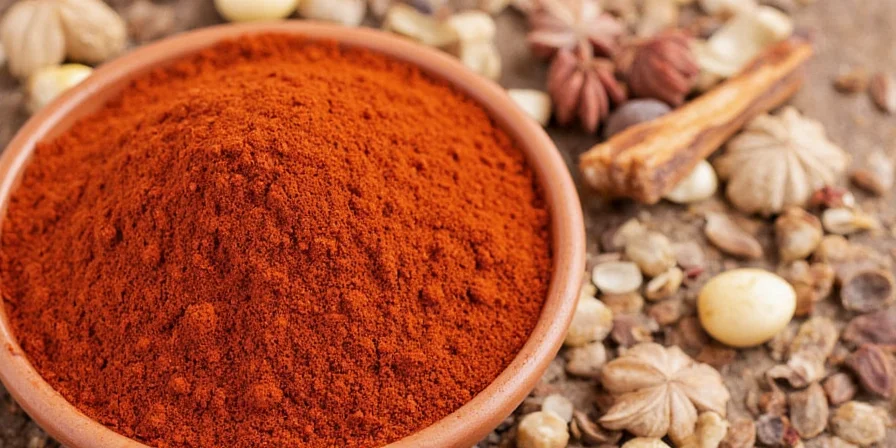
Storage Secrets: Keep It Fresh, Keep It Fabulous
Like any ground spice, five spice loses potency over time. To keep it fresh:
- Store in an airtight container away from light and heat.
- Use within 6 months for maximum flavor.
- Buy whole spices and grind only what you need — fresher equals tastier!
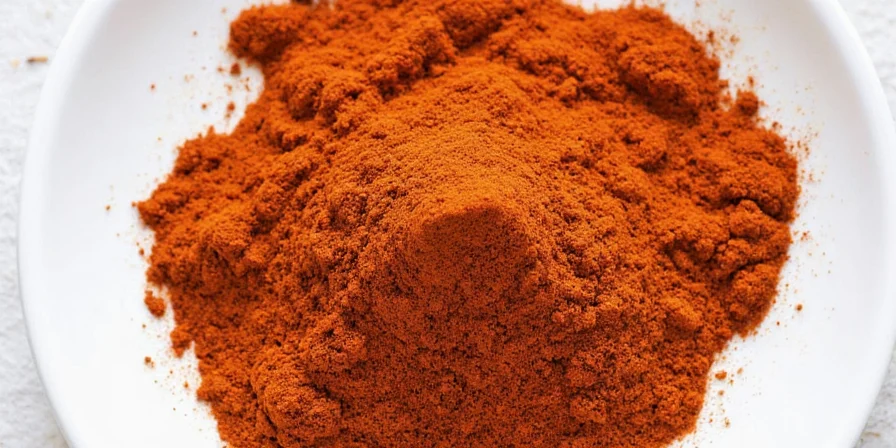
Five Spice Myths Busted
Let’s clear up some common misconceptions:
- Myth: Five spice is super spicy.
Fact: It’s not inherently hot — the Szechuan peppercorns provide a numbing effect, not fiery heat. - Myth: Only used in Chinese cooking.
Fact: You’ll find variations in Vietnamese, Thai, and Indian kitchens too. - Myth: Always comes in the same ratio.
Fact: Every region — even every family — has its own twist.
Final Thoughts: Spice Up Your Life (Literally)
There’s no doubt that Asian five spice powder is more than just a seasoning — it’s a flavor passport to cultures, traditions, and unforgettable meals. Whether you're making your own blend or grabbing a jar off the shelf, don’t be afraid to experiment. After all, food is better when it’s bold, balanced, and full of soul.
So next time you reach for that little jar of mystery powder, remember: you're holding centuries of flavor in the palm of your hand. Now go sprinkle that magic everywhere — your taste buds will thank you!

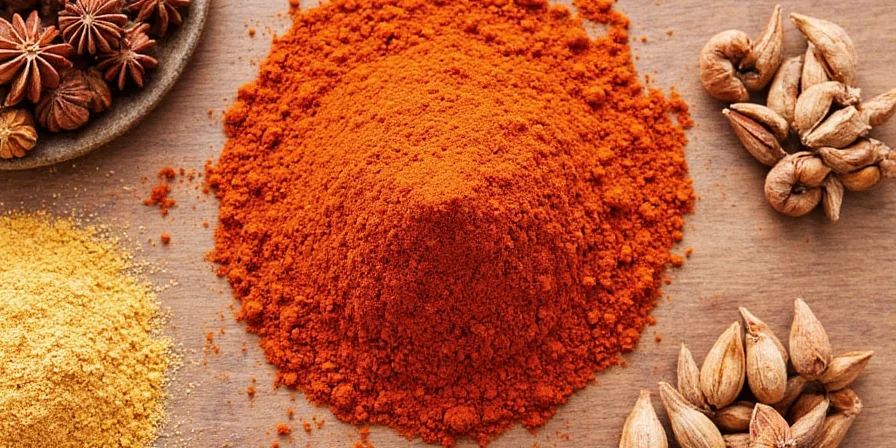









 浙公网安备
33010002000092号
浙公网安备
33010002000092号 浙B2-20120091-4
浙B2-20120091-4